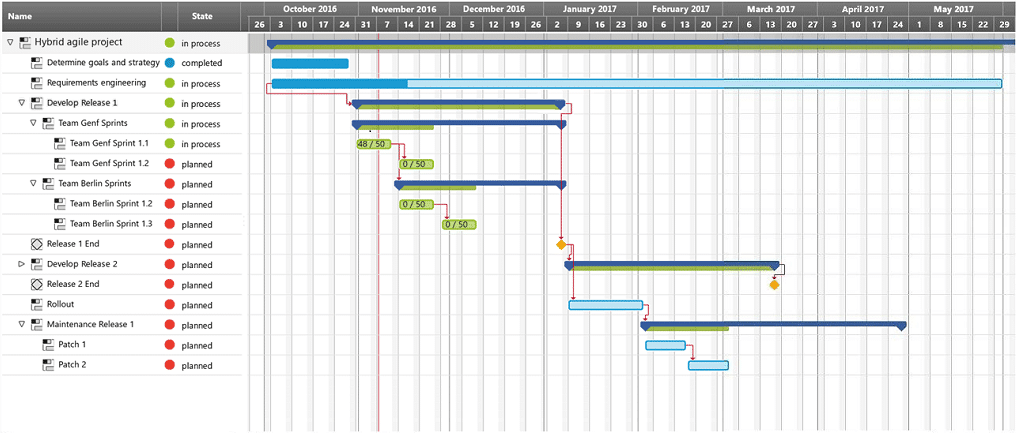Are you planning to create a project plan? What does a good project plan look like? How could I create one? Where should I start to create a plan for your project? For a successful project, a great project plan is essential.
In this article, we will go through the key steps to write a project plan successfully. Project plans vary in sizes, elements, format, and components. So, there is no single way of creating a project plan. As a matter of fact, a good project plan contains the project goals it is meant to address. You may find many project plan templates that vary from extremely complex to extremely simple across the internet. But how do you choose the right one?
- Check out our PMP® Online Class Virtual Training that will help you fully prepare for the PMP certification exam!
- You can also check out our self-paced PMP® Certification Training.
Do you want to hear what our students say about our PMP courses? You can watch this video!
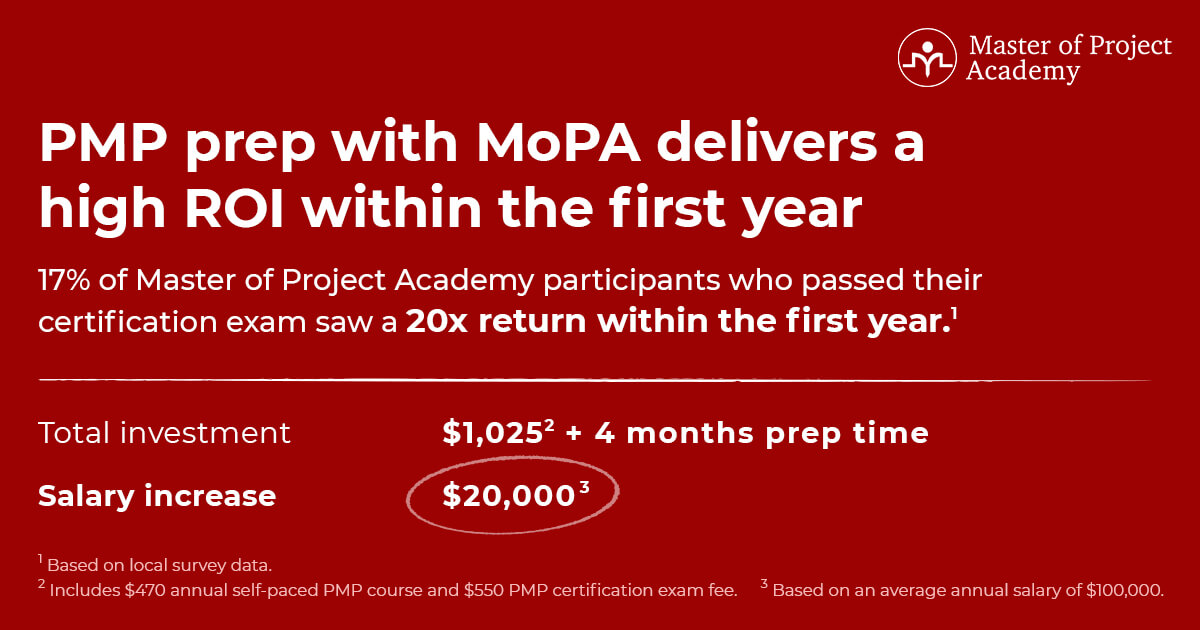
Attend our 100% Online & Self-Paced One-Hour Free PMP Training.
Well, before we start let’s give you a link where you can download a FREE project management plan example along with four other Free Project Management Templates.
- Are you looking to improve your Excel skills for business analyst? Check out our Excel course for business analysts.
- Do you want to gain AI data analytics skills? Master of Project Academy’s brand new course offer is Introduction to Analytics and AI Online Training Course
Finding the right project plan
If you select any project plan template, you may find yourself spending precious time filling in lots of details. Your project may not have these details or in most cases, it won’t need them. At the same time, if you select a more simplified project plan template, you may find yourself stuck with a very limited version of the plan that does not include important details.
So what should you do? We tend to use a more practical approach, instead of just handing you a ready-made project plan example template. We will show you the right project plan example for your project. Accordingly, our offering will include steps you should take to create a suitable plan for your project regardless of its size and components.
How Should You Start Creating a Project Plan?
So let’s start with the obvious questions, where should you start and how should you start. Now many project managers deal with project planning as a solo act. Thus, they usually tend to neglect team collaboration and depend on their own intellectual skills to perform the activities all by themselves. While this may seem an easy approach to creating a solid project plan example, it is an approach full of flaws. As a start, consider the fact that teamwork and collaboration bring more value than individual efforts no matter how brilliant the individual is. Additionally, the combined backgrounds and experiences of your project team will cover many project considerations.
1. Breakdown the work
The next step is to sit with your team to define the project work at a high level and then break it down into detailed work packages. Meanwhile, the team should also work on defining the tasks to carry out in order to complete the defined work packages. These tasks should carefully detail every activity the project team will execute. This way, the team leaves no chance of missing any aspect of the project and it also helps the team plan and assign proper resources. As a result, this step is considered one of the most important steps in project planning. Also, it helps in drawing the line for what should the project team consider as a part of the project scope of work and what is considered out of scope.
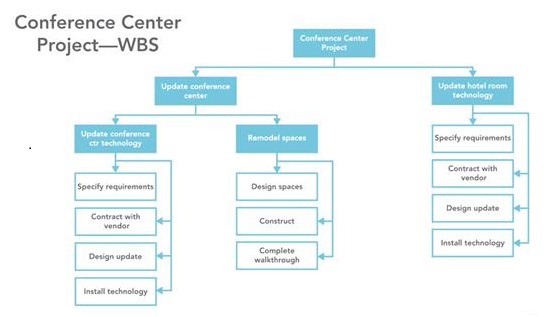
2. Define quality standards
 Since you defined what work your project team needs to complete the project, you need to decide what are the quality standards needed for this work. Although it might look easy, deciding the quality standards is extremely important. Accordingly, you and your project team should investigate what are the acceptable quality standards by both your company and customer. Also, don’t forget to consider any applicable global standards relevant to the project.
Since you defined what work your project team needs to complete the project, you need to decide what are the quality standards needed for this work. Although it might look easy, deciding the quality standards is extremely important. Accordingly, you and your project team should investigate what are the acceptable quality standards by both your company and customer. Also, don’t forget to consider any applicable global standards relevant to the project.
3. Assign Resources to Tasks
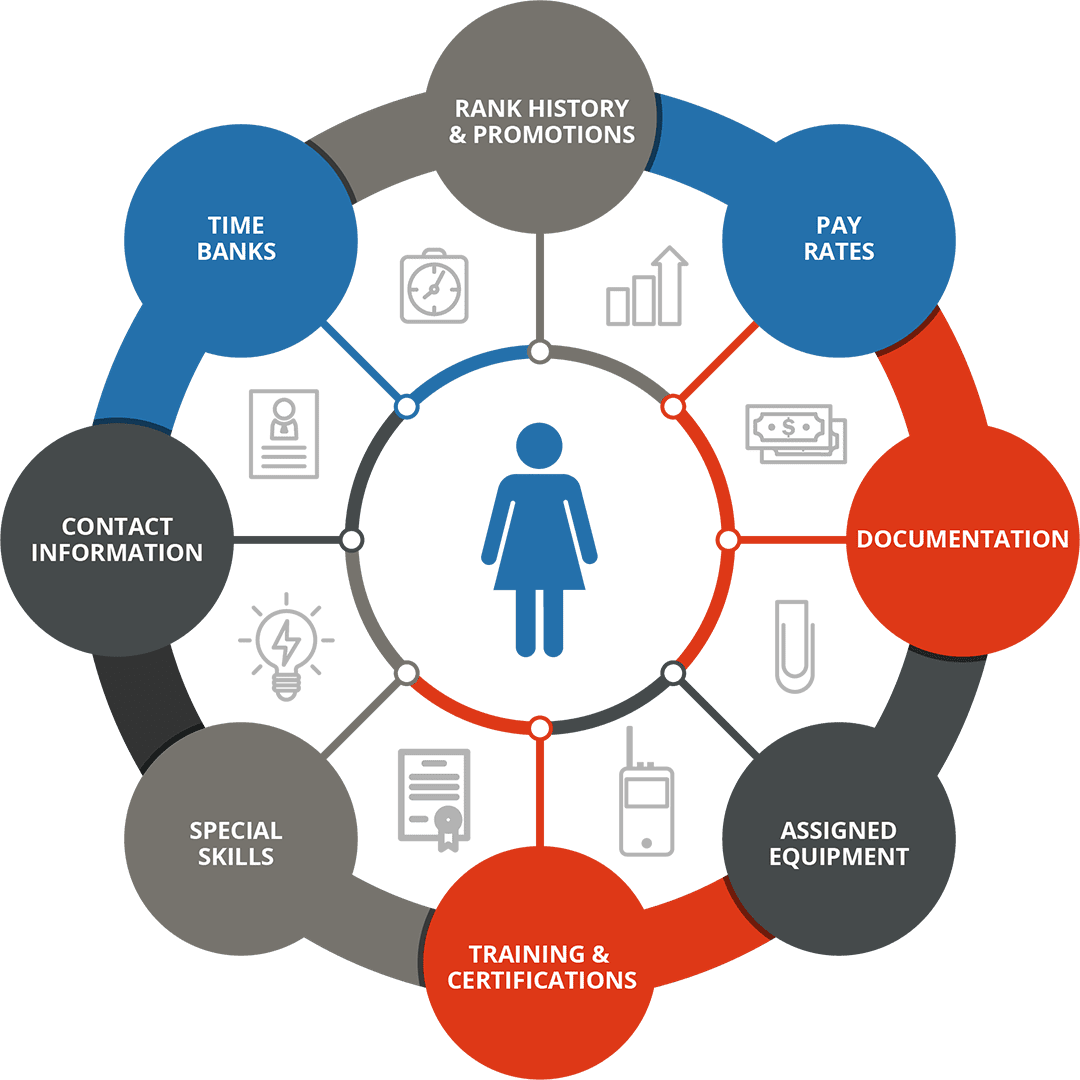 After completing step 1 and step 2, you can now decide what resources are needed to fulfill the work with the right quality standards. This step involves calculating the needed tools and machinery, the material needed, and the human talents needed to complete the tasks. Also, it involves deciding the skill level of talents, estimating their efforts, and deciding who should assign when possible. Further, a good project team considers all possible scenarios of talent and resource acquisition. Lastly, identify the risks related to resources and talents. This helps you take into account the variables that might lead you to change your earlier resource decisions. You might consider autocratic leadership or laissez-faire leadership depending on the project, team competence and other parameters.
After completing step 1 and step 2, you can now decide what resources are needed to fulfill the work with the right quality standards. This step involves calculating the needed tools and machinery, the material needed, and the human talents needed to complete the tasks. Also, it involves deciding the skill level of talents, estimating their efforts, and deciding who should assign when possible. Further, a good project team considers all possible scenarios of talent and resource acquisition. Lastly, identify the risks related to resources and talents. This helps you take into account the variables that might lead you to change your earlier resource decisions. You might consider autocratic leadership or laissez-faire leadership depending on the project, team competence and other parameters.
4. Define the Relationship of Activities
The next step is to understand the relationship between different tasks and activities. This step is the heart of project planning since it defines opportunities for project schedule compression. In addition to the mentioned, it gives the project team the opportunity to identify schedule risks and potential conflicts over resources. Defining the relationship of activities is also known as activity sequencing. So how do you do it? It mainly works by defining what are the mandatory relations between different activities. Also, you should define the logical relations between different activities. The project team can identify mandatory relations by reviewing any relationship defined by contractual agreement or obligation. On the other hand, the team can identify logical relations through what works best.
Activity relations (SS, FS, FF, etc.)
Now let’s go through each type of relation the project team can identify and how it works. There are four types of relationships between different activities:
- The first type of activities’ relationship is Start to Start (SS). This type of relationship is used when one activity cannot start unless the other activity starts.
- The second type of activities’ relationship is Finish to Start (FS). The project team uses this type of relationship when one activity can not start unless the other activity finishes.
- The third type of activities’ relationship is Finish to Finish (FF). The project team uses this type of relationship when one activity can not finish unless the other activity finishes.
- The fourth type of activities’ relationship is Start to Finish (SF). The project team uses this type of relationship when one activity can not finish unless the other activity starts.
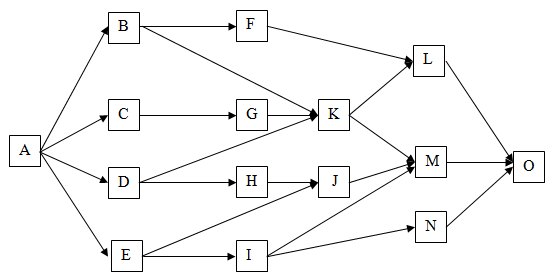
5. Estimate Resources and Duration of Each Task
The next step in formulating a project plan example is to set an estimate resource and duration for each task of the project. Each resource should define the duration and any resources (tools, equipment, etc) needed to complete the task. This way we can set duration estimation for each activity in a realistic way and at the same time confirm the required resources for each activity. By completing this step, formulating a project plan is almost near completion.
On the other hand, the project team can use multiple techniques to set activity resources and duration estimation. These techniques may include parametric estimation which uses a statistical relationship between historical data and other variables. Also, the team can use more simplified estimation techniques like Analogous estimation, Bottom-up estimating, or three-point estimation techniques. The team can use the later technique by calculating the average or the weighted average of optimistic, pessimistic, and most likely estimates.
6. Estimate Each Task Cost
This step is similar to estimating resources and duration for each task of the project. Based on task resources, required talents, and duration, the team should decide the cost needed to complete the task. As another step for creating a project plan example, this step provides a realistic cost estimate for each activity. Same as estimating resources and duration, the project team can use multiple techniques to set task cost estimation. These techniques include parametric estimation where the team uses a statistical relationship between historical data and other variables to identify cost. Also, the team can use more simplified techniques like Analogous estimation, Bottom-up estimating, and three-point estimation techniques. Just like estimating resources and duration, the team can use the latter technique by calculating the average or the weighted average of optimistic, pessimistic, and most likely estimates.

7. Generate Project Plan
After completing each task resource and duration estimation, in addition to completing cost estimates for each task, now you can generate the final version of the project plan example. You should review the different aspects of the project plan to inspect any potential conflict between them. There may be estimated costs for an activity which don’t match the resource estimate. In such a case, you need to review your project plan example and find a way to clear that variance. We highly recommend that you review the project plan example we provided as an attachment for your reference. The final reviewed project plan example is sent for approval and final authorization for execution.
Click to download the sample project plan example
8. Finalize and Approve by Sponsor
First, the project team carefully reviews the final project plan example and rectifies any variances between different elements. Then, the project manager hands over the final version of the project plan to the project sponsor for review, recommendations, and final approval. The project sponsor revises the project plan’s final version and investigates it to ensure it is realistic enough. Also, the sponsor reviews the plans constraints, assumptions, and project risks. As a result, the project plan might be returned to the project team for revision if the project sponsor sees it as unrealistic. On the other hand, if the project sponsor finds the plan realistic, integrated and conflict-free, he/she will approve it directly. Thus, the project team can have an approved version of the project plan example when the project sponsor authorizes the team to start executing project work.
Project Plan Example of a Project
Now let’s go through a sample project plan example that we have attached above for you as a reference to use for your future project plan. This project plan example offers major sections of the project plan that we described in this article. In addition, for more project plan examples, check out Master of Project Academy’s exclusive “Sandbox,” membership which includes example project management plans that accompany case studies and a template for developing project plans. Now, we will briefly step through sections of the project plan example to enrich your understanding of the sections. The main section of the sample project plan example:
Sample project plan example – Section 1: Executive Summary of Project Charter
The first section of the sample project plan example covers the Executive Summary of the Project Charter including project constraints and assumptions.

Sample project plan example – Section 2: Scope management
This section includes what you have detailed in the first step in this article “Breakdown the work “. This includes three subsections:
- Work breakdown structure: Includes defined work package and sub-work packages and their associated breakdown sub levels
- Deployment plan: Let’s say that the project involves deploying an application to state health partners. This section would discuss the approach for rolling out the application to the end-users, including conducting environmental assessments, developing memorandums of understanding, hardware/software installation, and data conversion.
- Change management plan: Let’s say that a development server for your project is administered by another organization that is responsible for installing machine upgrades and there are scheduled outages that will impact your project schedule. Changes to the project will need to be made to deal with the potential impact of the scheduled outage.
Sample project plan example – Section 3: Schedule management
This section is about whether you stay on track with the planned schedule. It includes the output of sections 4 and 5 of this article. Let’s give an example of a schedule management approach: Establish a baseline within the first two weeks of the project and monitor progress against the baseline on a weekly basis. The project manager will be responsible for ensuring the project schedule is updated with the latest information and never more than three business days out of date. For variances on executive milestones greater than 10%, the project may choose to use guidance specified by CPIC. See the CDC UP Project Schedule document for more guidance on project scheduling and for Project Schedule templates.
The subsections of this section are:
- Milestones: includes milestones and their Estimated Completion Timeframes
- Project schedule: the following diagram provides a sample project schedule
- Dependencies: describes the output of section 4 of this article “Activity relations (SS, FS, FF, etc.)”
Sample project plan example – Section 4: Cost/budget management
This section of the sample project plan example describes the project’s cost management plan or provides a reference to where it is stored. This section should contain step 6, “Estimate each task’s costs outputs”.
Sample project plan example – Section 5: Quality management
This section of the sample project plan example describes the project’s quality management covered in step number two in this article.
Example: An information system that controls the level of consistency for screen layouts would normally contain a full review for all available screens. Thus making sure that these screens match the originally agreed set of quality standards. In many cases, quality measures may include a condition of no defects (bugs) for certain requirements the company deems critical. While in other cases, quality measures may require consistent screen layouts and/or correctly calculated variables. Generally, the project managers can ensure quality through performing inspections and audits as well as using formal testing. Then, the project management team should document those defects in a tracking system to ensure fixing defects, retest them and eventually close them. In some projects, the project manager may use an artifact like a traceability matrix as a tool for determining whether critical requirements are met or not.
Sample project plan example – Section 6: Resource management
This section contains the description of the resource part discussed in step 5 in this article.
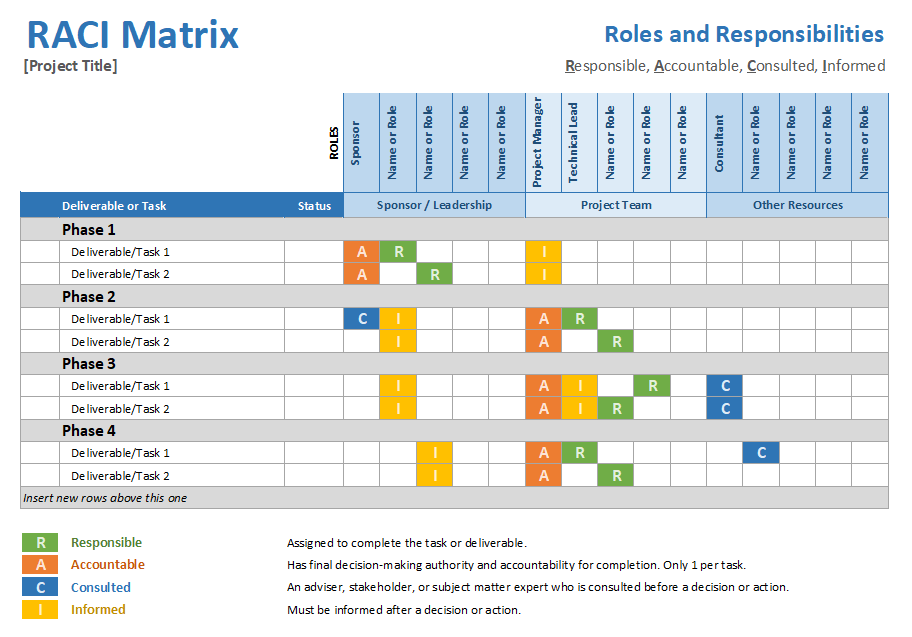
Sample project plan example – Section 7: Communication management
It contains communication planning for a different types of communication between different stakeholders and the project team. sample for communication matrix below:
| Stakeholder | Messages | Vehicles | Frequency | Communicators | Feedback Mechanisms |
Sample project plan example – Section 8: Risk management
This section contains all risks identified in any element of the project, it mainly contains the Risk Log. The project managers normally maintain a risk log away from the project management plan in a separate document. The project manager may merge different logs into a single document that contains all different logs.
Sample project plan example – Section 9: Issue management
This section contains all issues surfaced or detected in any project element, it mainly contains the issue log. The issue log is normally maintained by project managers in a separate document away from the project management plan. The project team may also merge the risk log with the issue log in addition to other logs like assumptions and constraints log into a single document.
Sample project plan example – Section 10: Procurement management
Example: Normally this section would include information related to physical and human resources that can be procured. Thus ensuring that the procurement of hardware including computers, development servers, and test servers are planned and managed properly. Also, it describes how to leverage project team staff members from an external vendor. Additionally, it can go into more explicit details to include project staff acquisition strategies.
Sample project plan example – Section 11: Compliance-related planning
In this section, you need to insert a list of compliance-related processes that the project team must adhere to in order to meet company compliance policies. Moreover, it may include a description of governance bodies that oversee the project work or review the product deliverable. It also states occasions of governance-related reviews and audits describing the audit standards and their acceptance criteria. Additionally, it may also include a description of who has the right to perform audits and how they will be performed.


